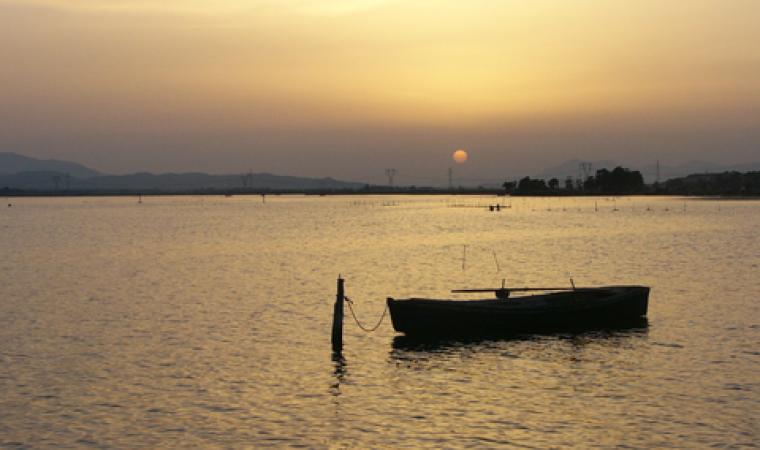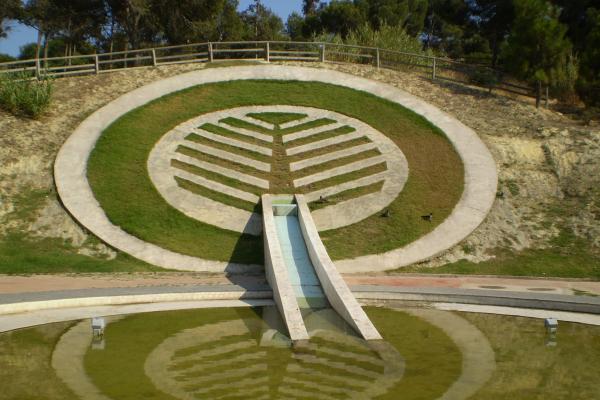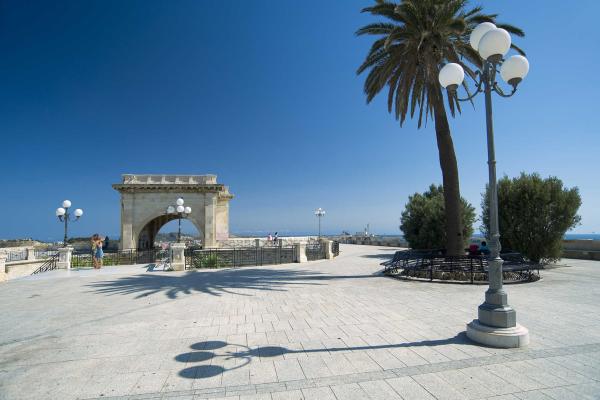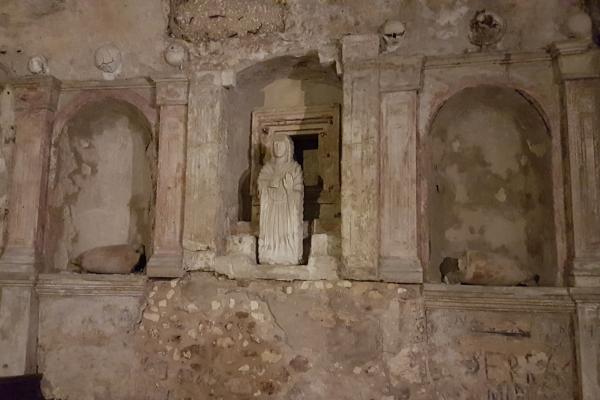Already a port in Punic times, and always a synonym of fishing and salt production, the laguna's importance is now internationally recognised. The Cagliari lagoon is a wetlands area of 1300 hectares just outside the capital, and has historical and natural value. This was the location shared by the Macchiareddu saltworks, where production continued up to the 1970s; Porto Canale, Sardinia's main industrial port; the Santa Gilla lagoon; the Capoterra pools and sa Illetta, once known as the Island of San Simone, which was united with the mainland in the 16th century.

Wetland
Next to Sardinia's capital is a lagoon that is one of Europe's largest and most important natural sites, a habitat for numerous species of bird, as well as a site of historical, economic and industrial interest
Next to Sardinia's capital is a lagoon that is one of Europe's largest and most important natural sites, a habitat for numerous species of bird, as well as a site of historical, economic and industrial interest
See this place because...
A short walk from the centre of Cagliari, an ideal place to get in touch with nature and spend time birdwatching, without disturbing the splendid pink flamingos
Pictures and videos
Nearby
Come arrivare
From Cagliari, take SS 195 in the direction of Pula. At the roundabout just before the Maramura bridge turn right onto the industrial road (dorsale consortile) in the direction of Assemini. After about 1 km you will see the Tecnocasic waste incinerator on the right. Take the narrow side road flanking the left side of the incineration plant (following the sign for 'Progetto Gilia'). This side road, which is lined by a wooden fence all along its 1.5 km length, leads to the wetland.
Admission
Free admission
Ti piace questo luogo? Cagliari potrebbe essere la tua meta ideale.
You may also like
More attractions in the vicinity
Nearby hotels and accommodations

Bed and breakfast
ELMAS
2 km

Bed and breakfast
ELMAS
3 km

ELMAS
3 km
















